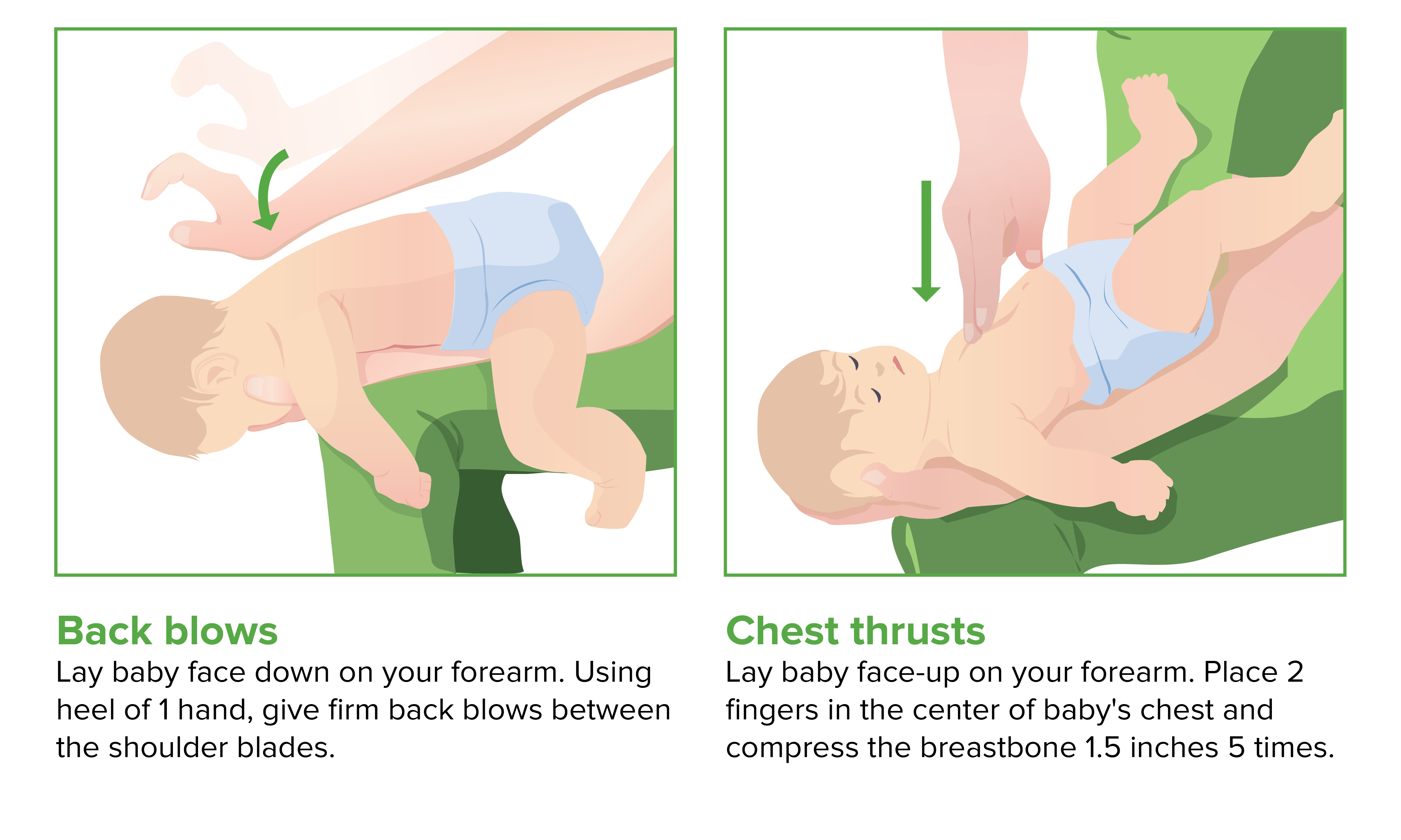Playlist
Show Playlist
Hide Playlist
Introduction to Do Not Attempt Resuscitation (DNAR) Orders
-
Slides Introduction to Do Not Attempt Resuscitation DNAR Orders.pdf
-
Reference List Clinical Ethics.pdf
-
Download Lecture Overview
00:01 A life-sustaining treatment that we often have to think about whether to withhold or withdraw is cardiopulmonary resuscitation and if there are orders to not perform cardiopulmonary resuscitation, we call that do not attempt resuscitation orders. 00:16 I want to give you a little bit of background about DNAR orders. 00:21 So, first of all, cardiopulmonary arrest is when there's cessation of the cardiac or respiratory function, resulting in loss of effective blood circulation and breathing. 00:34 There'll be various types of cardiopulmonary arrest. There could be asystole. 00:38 There could be pulseless electrical activity, ventricular fibrillation or pulseless ventricular tachycardia. 00:46 In all of those situations, it's an emergency and things need to be done to get the heart and/or breathing back. 00:53 That's where you would have cardiopulmonary resuscitation or CPR. 00:58 So, it's a set of specific medical procedures designed to reestablish circulation and breathing in a patient who's had a cardiopulmonary arrest. 01:09 The intent is to maintain perfusion to vital organs while attempts are made to restore spontaneous breathing and get back cardiac function. 01:20 CPR may involve chest compressions, defibrillation. 01:23 It might involve drug therapies such as giving epinephrine or atropine, or lidocaine or amiodarone if there's an arrhythmia. 01:32 It may require an artificial ventilation whether that's through a bag valve mask or through intubation, and then, delivery of artificial ventilation by that means. 01:43 If the patient stops breathing or the heart stops, then, the standard of care is to presume that there would be initiation of CPR in the absence of a valid physician's order to withhold it. 01:55 So, an expectation by most people, try to, you know, restore my life, get my heart and my breathing back together, so, that I can keep on living. 02:07 But there may be times where patients, you know, in concert with their physicians say, "No, I would not want CPR to be performed." So, we call that do not attempt resuscitation. 02:20 It's a medical order to withhold cardiopulmonary resuscitation in the event that there is either a cardiac or a respiratory arrest. 02:27 So, DNAR is the preferred terminology nowadays. 02:31 In the old days when I was in training, we called it the DNR which meant do not resuscitate but in actuality, what we're trying to do is attempt resuscitation. 02:40 If you frame it as, you know, do not resuscitate, it seems like you're withholding something from a patient. 02:46 Wherein the reality, the likelihood is that most times, resuscitation does not work. 02:51 So, we're attempting resuscitation, trying to bring the heart and the breathing back but we may not be successful. 02:58 And really, that really provides a better emotional environment to explain what the order means when you're talking with a patient. 03:05 It's the attempt that you're trying to achieve. 03:09 Another terminology that you may see instead of do not attempt resuscitation is no CPR, do not attempt CPR. 03:17 Some people will use the terminology, allow natural death or AND. 03:23 The thought here is, again, it's the underlying disease process that is causing the person's death, so, you're allowing that to naturally occur rather than intervening with the chest compressions and the ventilation and the other measures that are more invasive to the body. 03:40 Whereas allowing a natural death is more affirmative of you're not withholding something but you're providing something that's a comfortable peaceful death.
About the Lecture
The lecture Introduction to Do Not Attempt Resuscitation (DNAR) Orders by Mark Hughes, MD, MA is from the course Ethical Considerations for Life-sustaining Treatments.
Included Quiz Questions
What is the goal of cardiopulmonary resuscitation?
- Set of specific medical procedures to reestablish circulation and breathing
- Set of specific medical procedures to reestablish circulation alone
- Set of specific medical procedures to reestablish breathing alone
- Set of specific medical procedures to reestablish circulation, breathing, and strength
- Set of specific medical procedures to reestablish strength alone
What is another term for "do not attempt resuscitation"?
- Allow natural death
- CPR
- Prevent unnatural death
- Prevent natural death
- EMR
Customer reviews
5,0 of 5 stars
| 5 Stars |
|
5 |
| 4 Stars |
|
0 |
| 3 Stars |
|
0 |
| 2 Stars |
|
0 |
| 1 Star |
|
0 |




